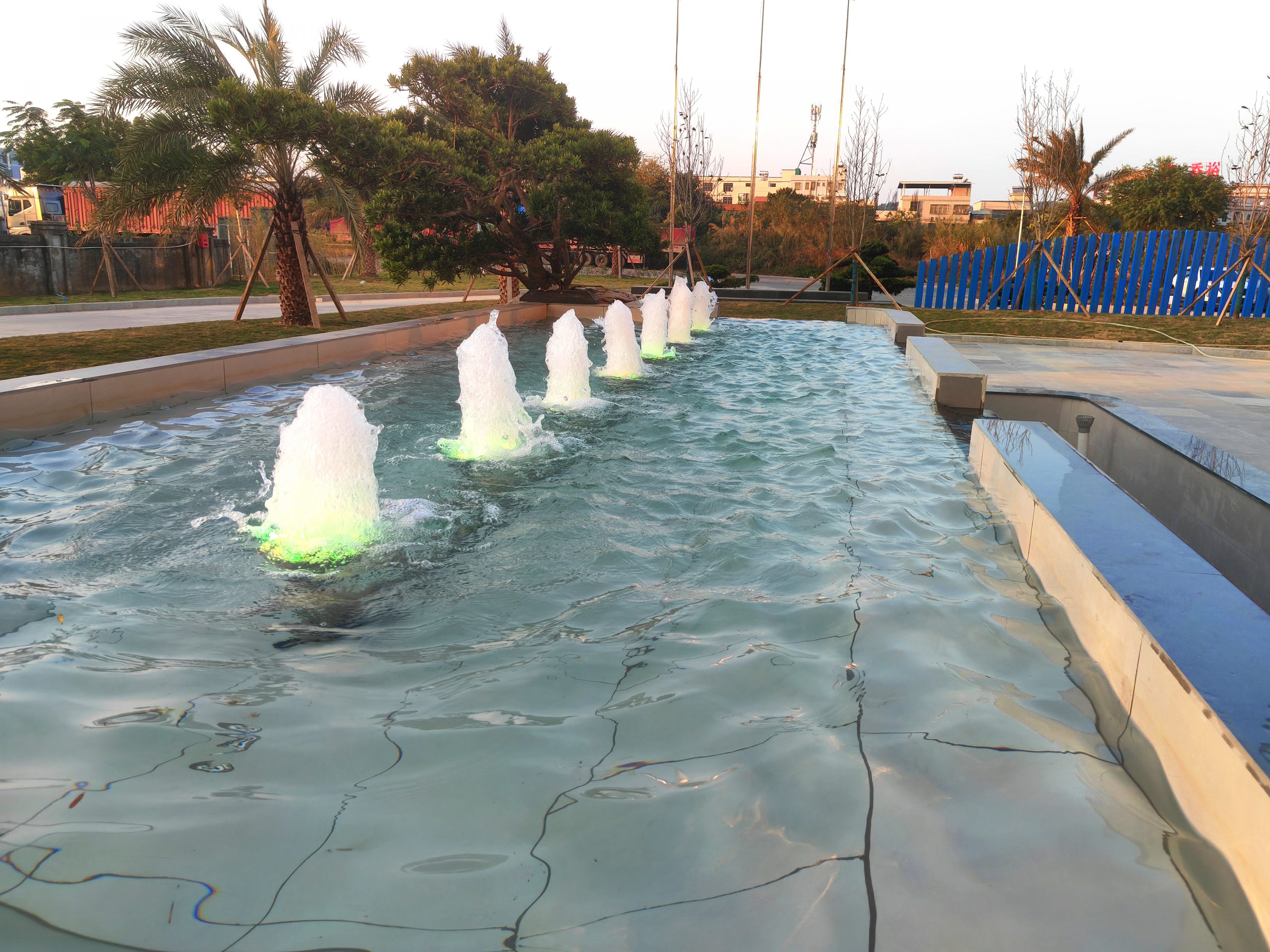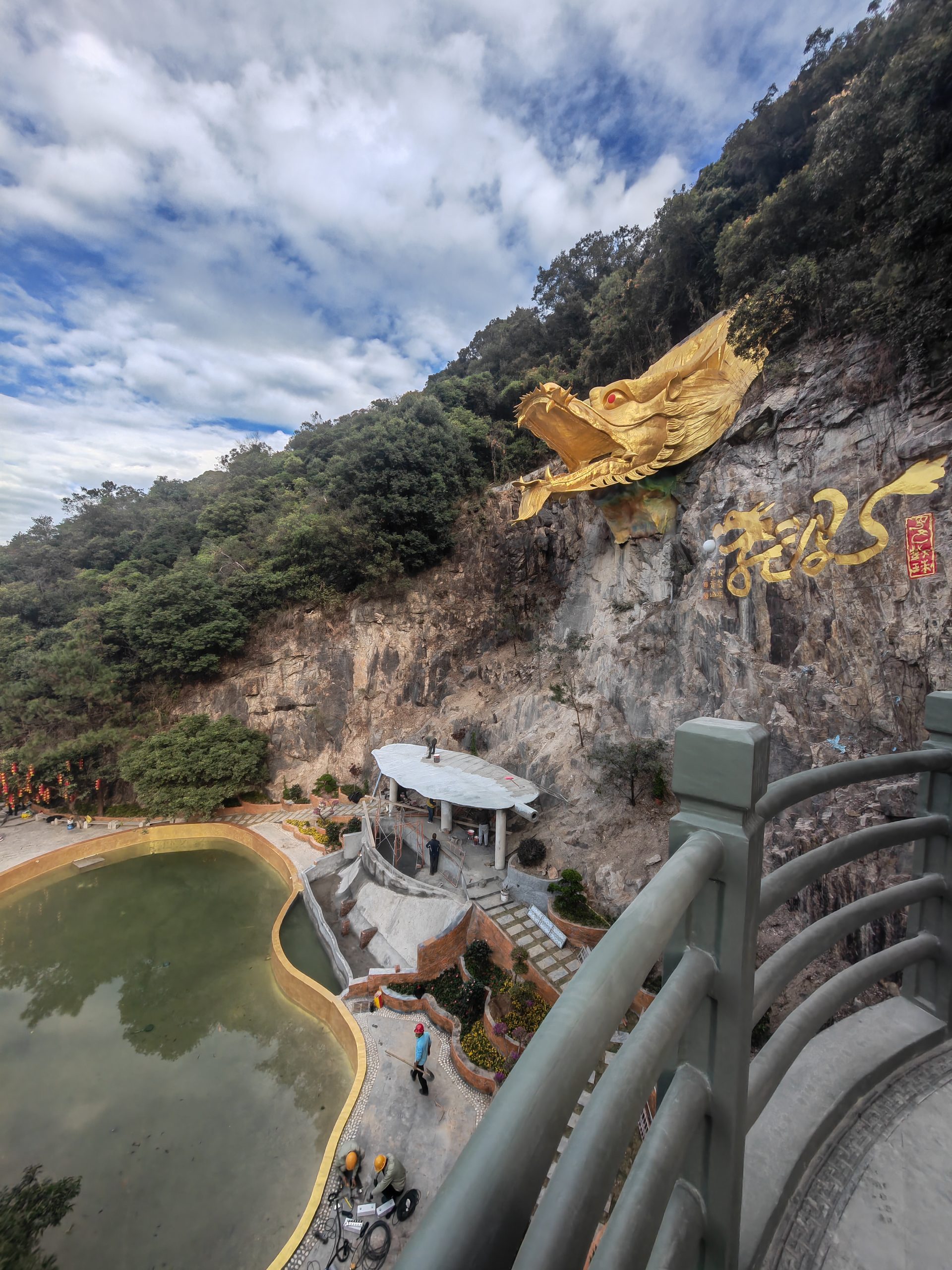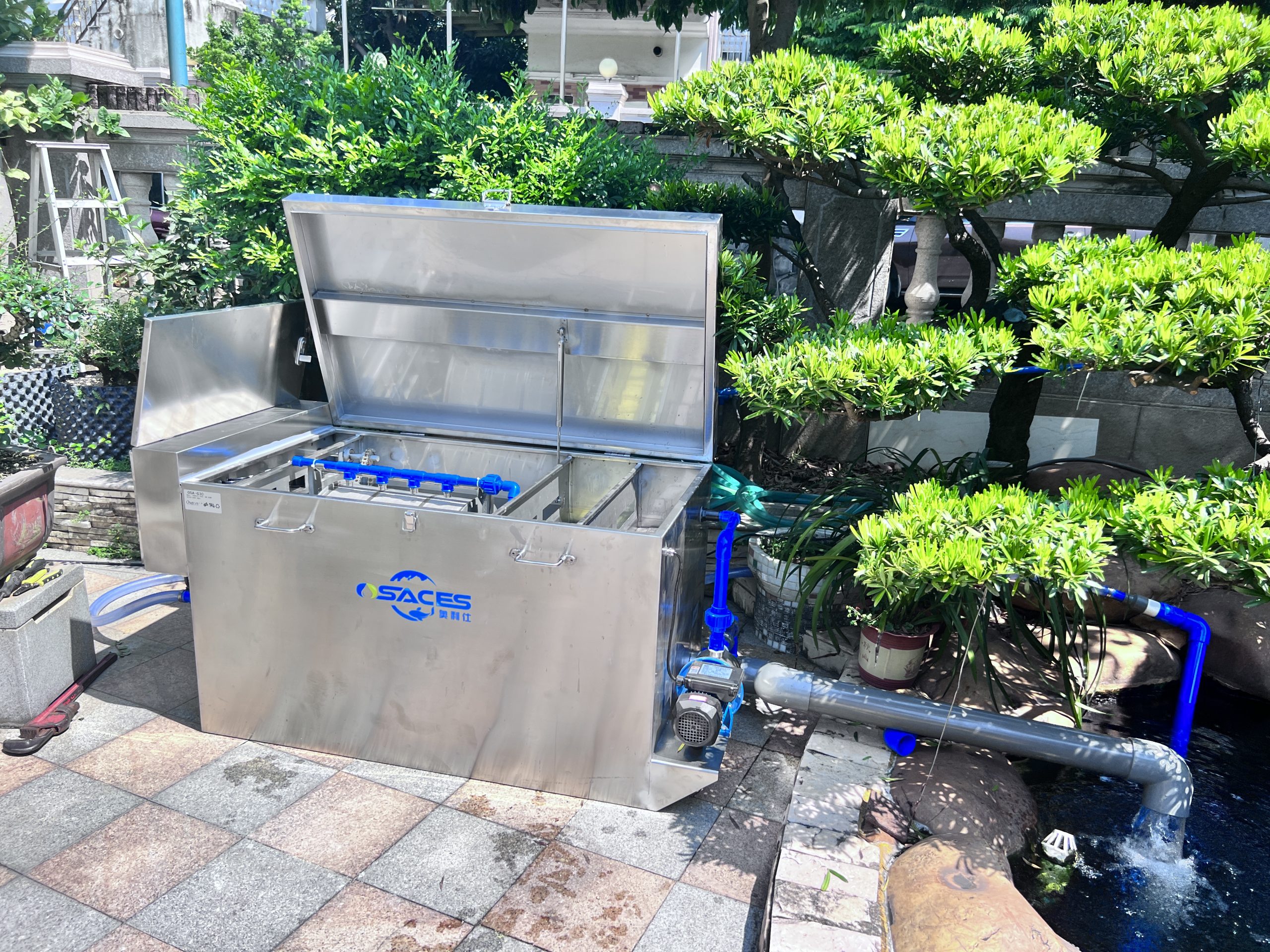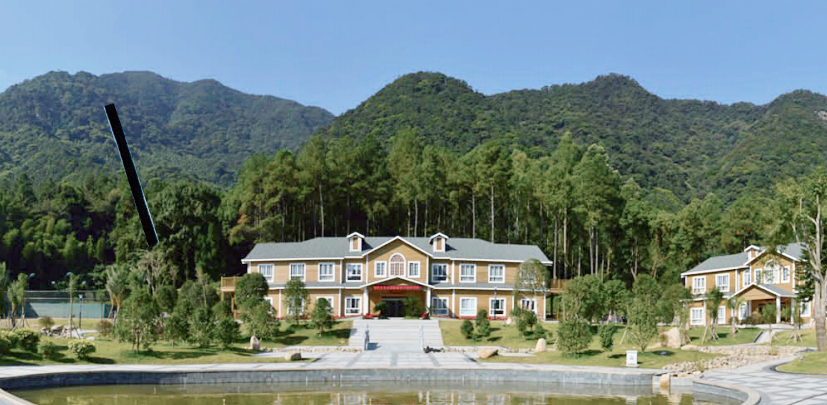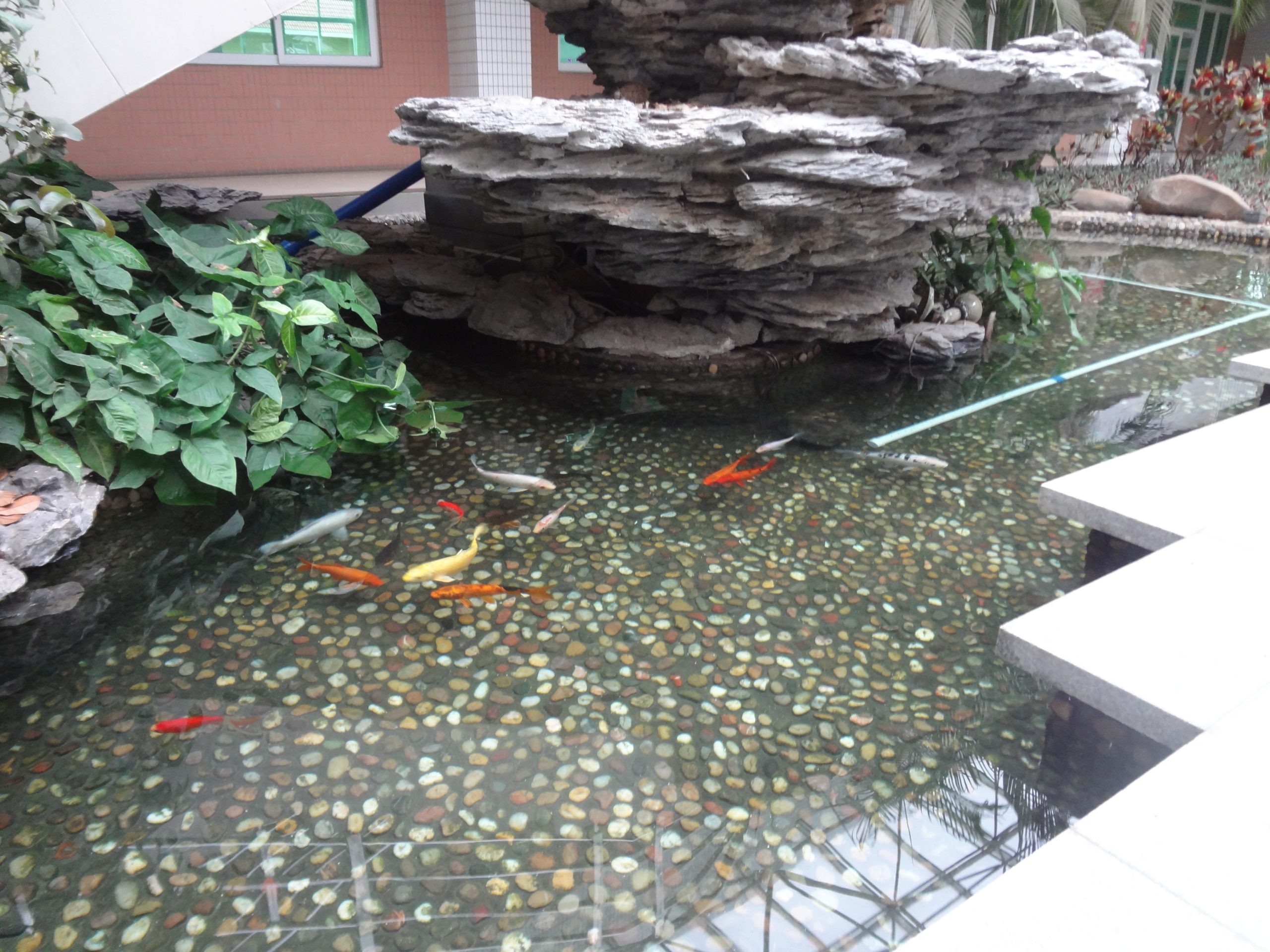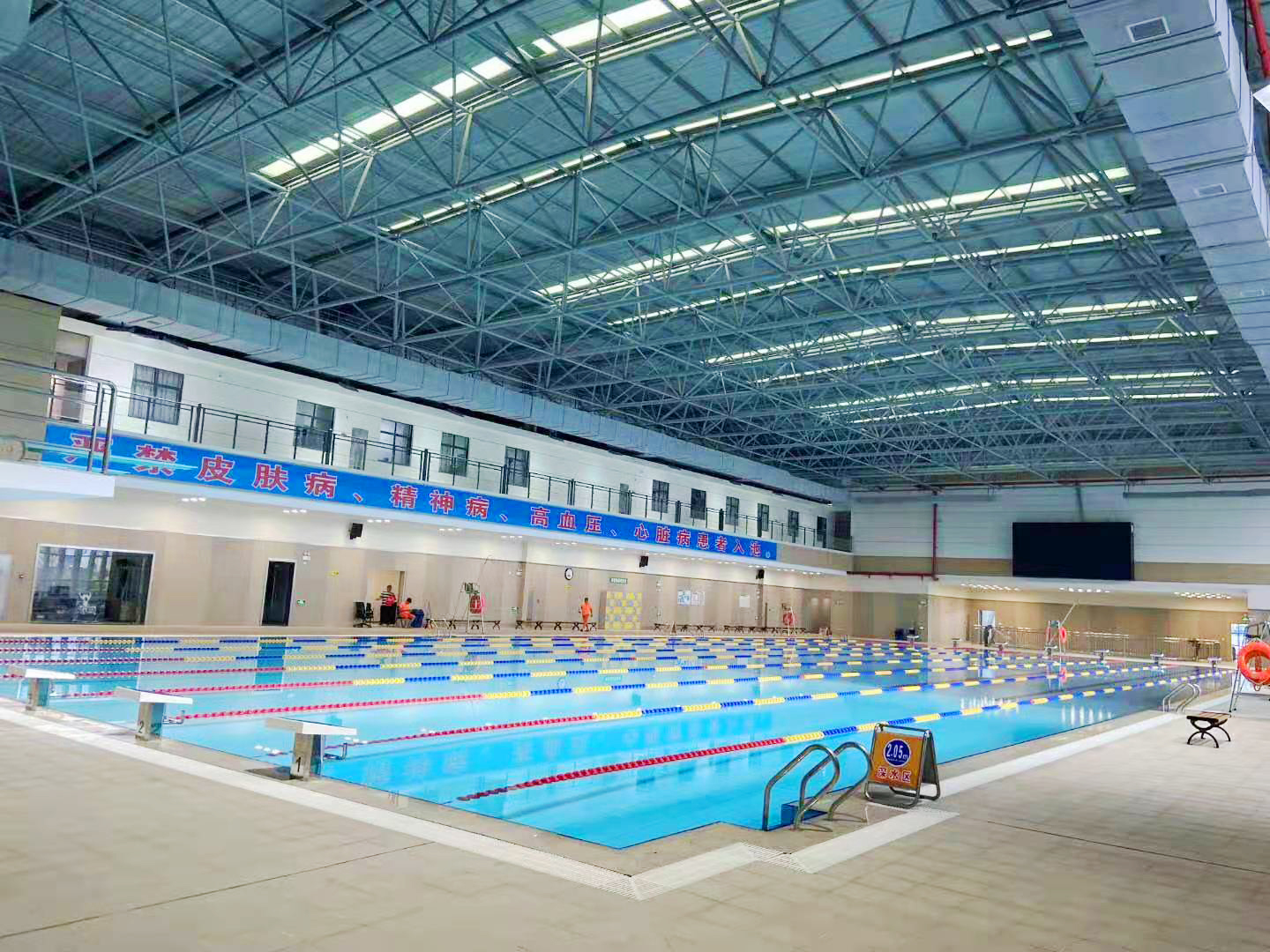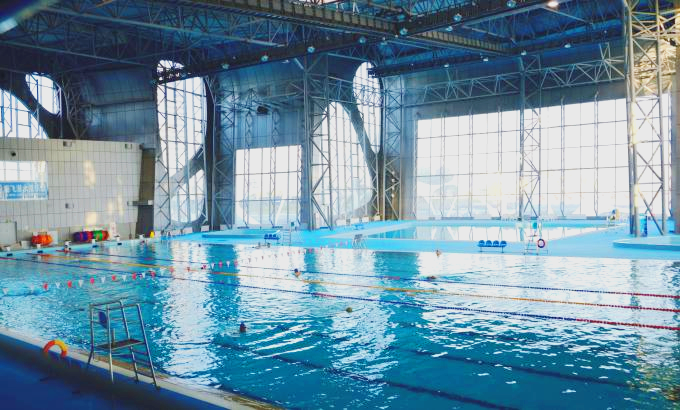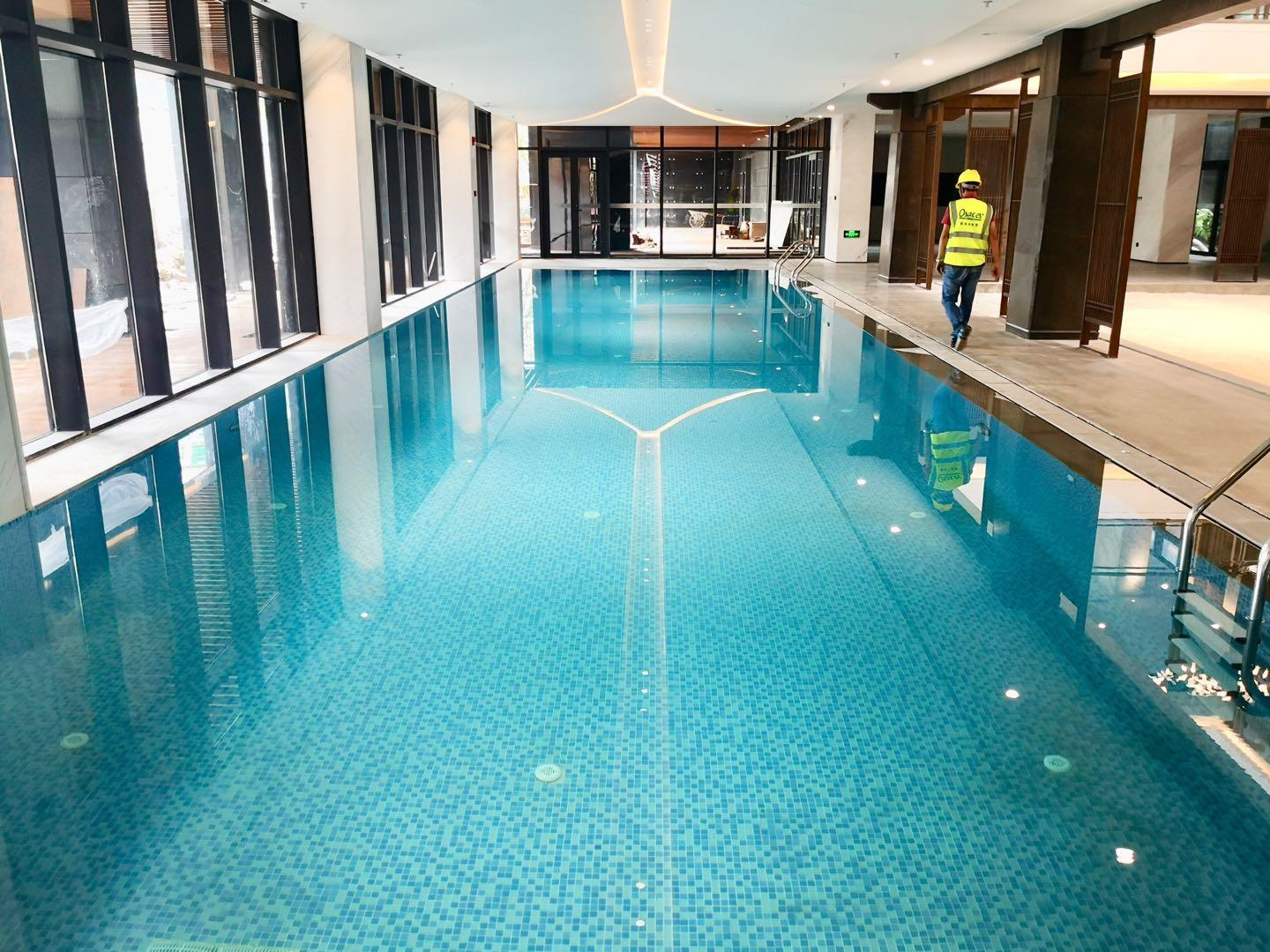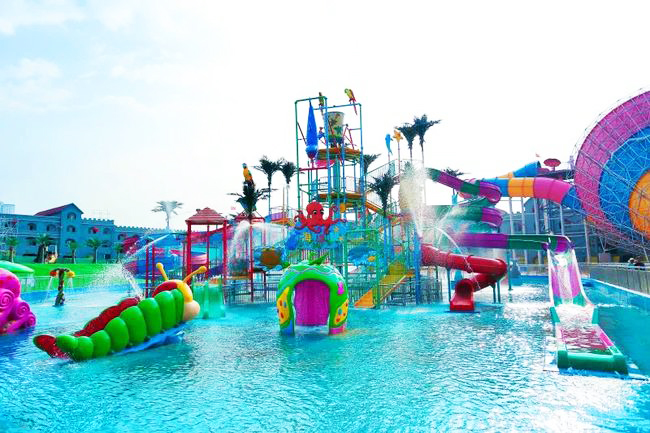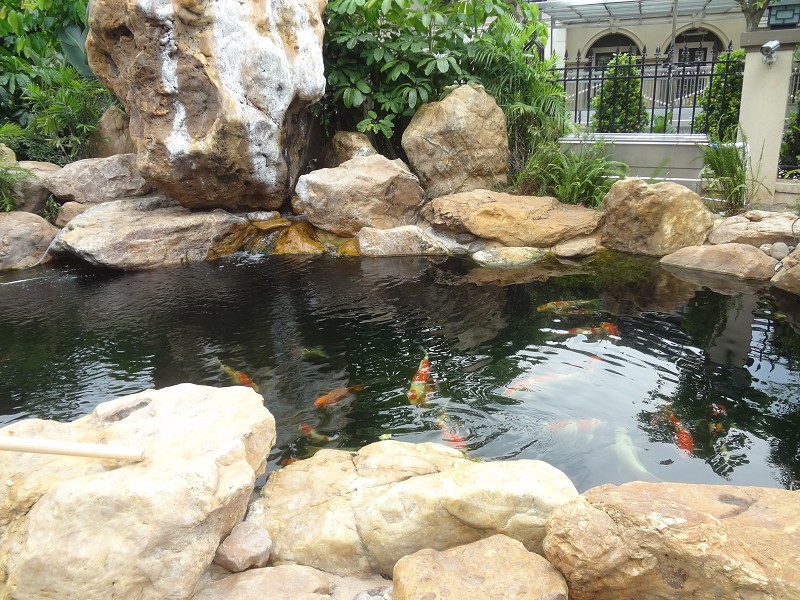common problems
contact details
 Ollies (Guangzhou) Recreation and Sports Equipment Co.
Ollies (Guangzhou) Recreation and Sports Equipment Co.Tel: (020) 82686289
Fax: 020-82694853
Headquarter: No.31-37, Xincun 2 Road, Shangjiang North Street, Dongzhou Village, Xintang Town, Zengcheng City, Guangzhou, Guangdong, China
Koi farming tips on water quality, a must for newbies!
Raise fish first raise water, water clear fish will be happy! Keeping the water quality good is the most crucial step in raising good koi.
Koi ponds are not as good as they could be without chlorine, ammonia, nitrogen and nitrites in the water! In addition to the above toxic substances, the water quality indicators for koi are: color, temperature, dissolved oxygen, hardness, pH and many other indicators. And all of them are very important and closely related to the growth of koi, not to be taken lightly!
I. pH
Acidity, or pH, refers to the concentration of hydrogen ions (H+) in water, and is defined as the negative logarithm of the concentration of hydrogen ions in water (i.e., pH = -log [H+]). pH ranges from 0 to 14. When pH = 7, the water is neutral; when pH 7, the water is alkaline.
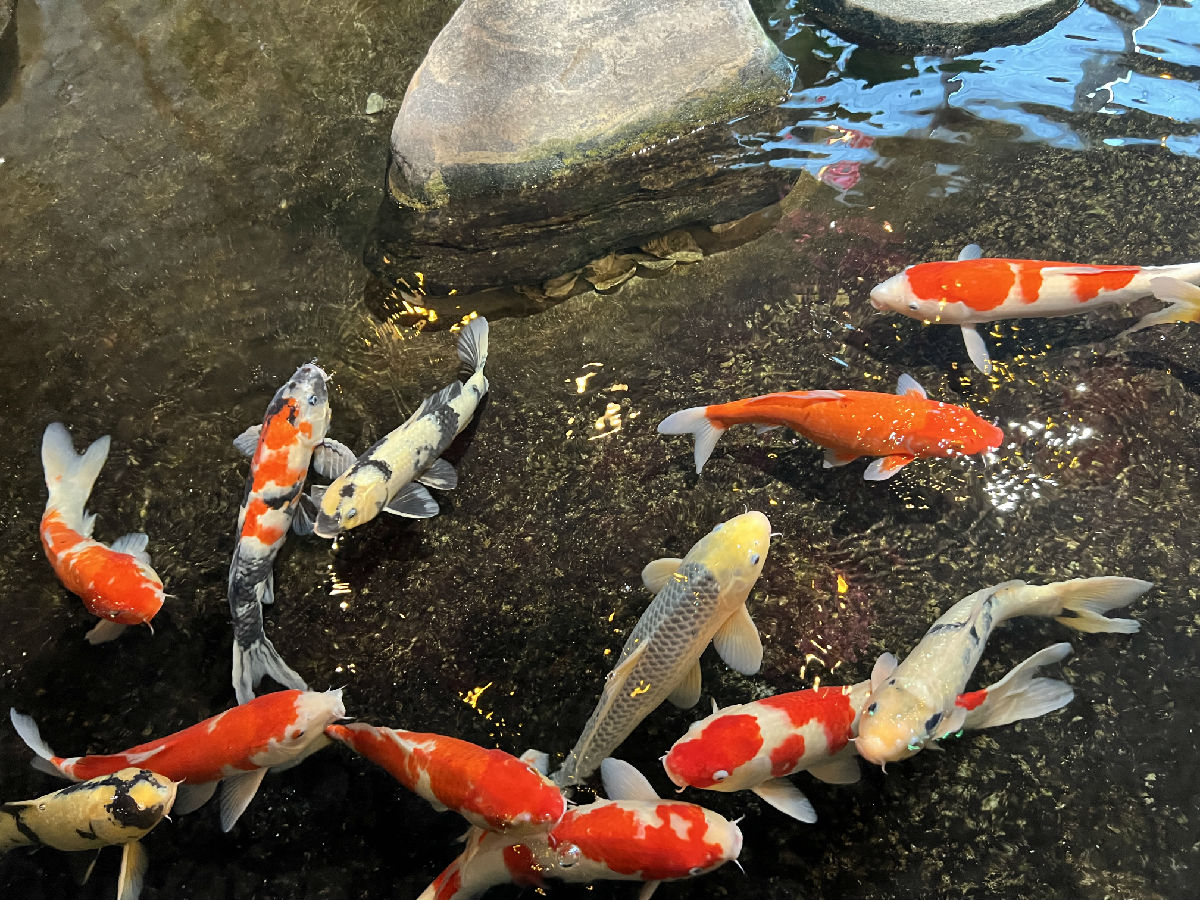
II. Hardness
Hardness is also known as KH value. It generally refers to the amount of minerals in the water.
Water hardness can be categorized into two types of water, soft water and hard water, depending on the KH value. Water with KH<7 is usually called soft water. For example, the drinking water in our daily life is typical soft water.
Similarly, a body of water with a KH>7 is called hard water. Generally untreated groundwater is hard water, like well water, spring water, mountain water, etc. are hard water. Koi do not have very clear requirements for water softness or hardness, and it is important not to switch them back and forth between soft and hard water.
III. Temperature
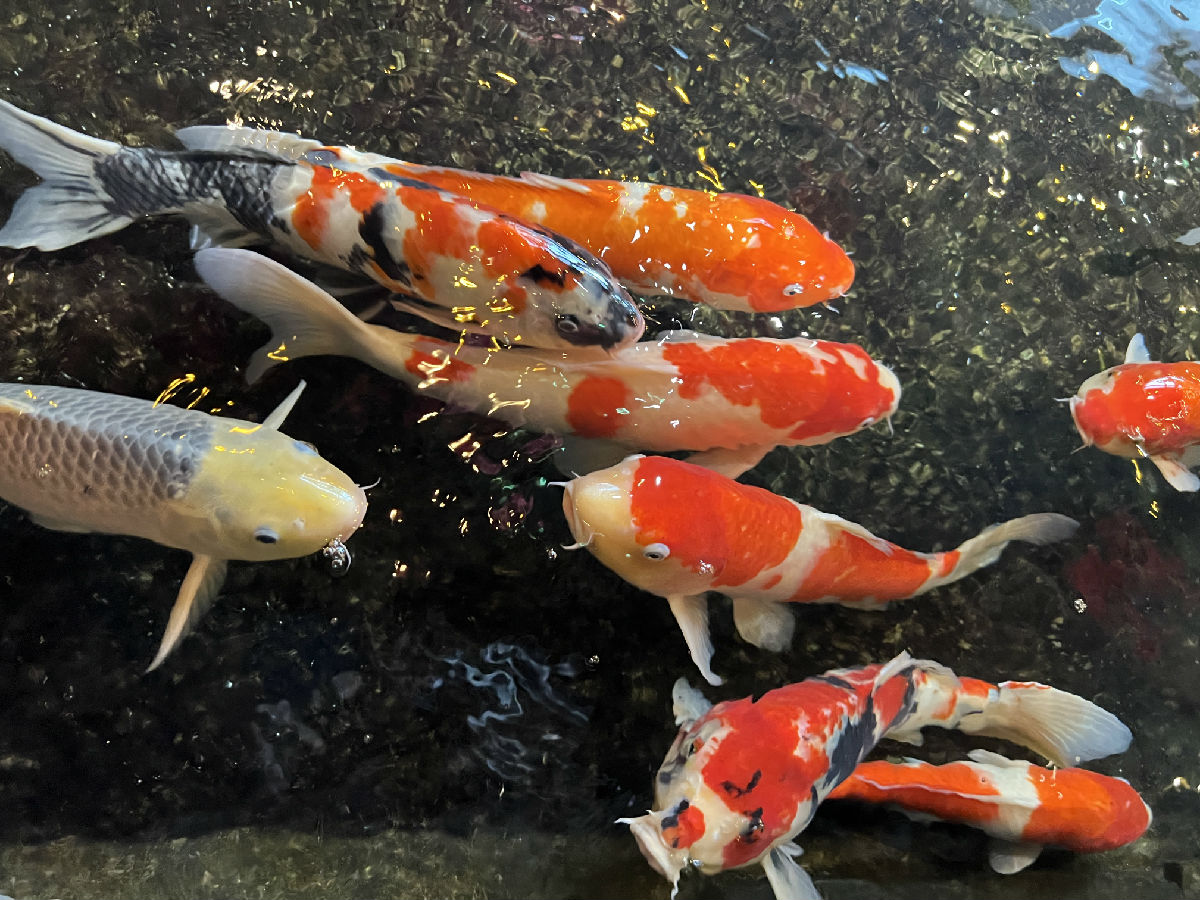
Therefore, the important thing in keeping koi is the stability of the temperature, and the most avoided drastic changes in temperature in a short period of time. In addition, the most suitable and comfortable water temperature for koi is 23-28 degrees Celsius, at this temperature stage koi fish will be in excellent condition in all aspects.
IV. Chromaticity
This is very simple and literally means the color and transparency of the water. A noticeable change in either the color or clarity of the water means it's time for a water change, and if left unchecked and for a long period of time it can lead to koi illness.
If there is a strong filtration system or there is still a change in water quality, it means that you should clean the filter media, koi belongs to the type that can eat and pull, make sure to change the water or clean the filter media regularly, or choose a fully automated fish pond filtration system, so as to ensure that the water quality is consistently good!
V. Dissolved oxygen
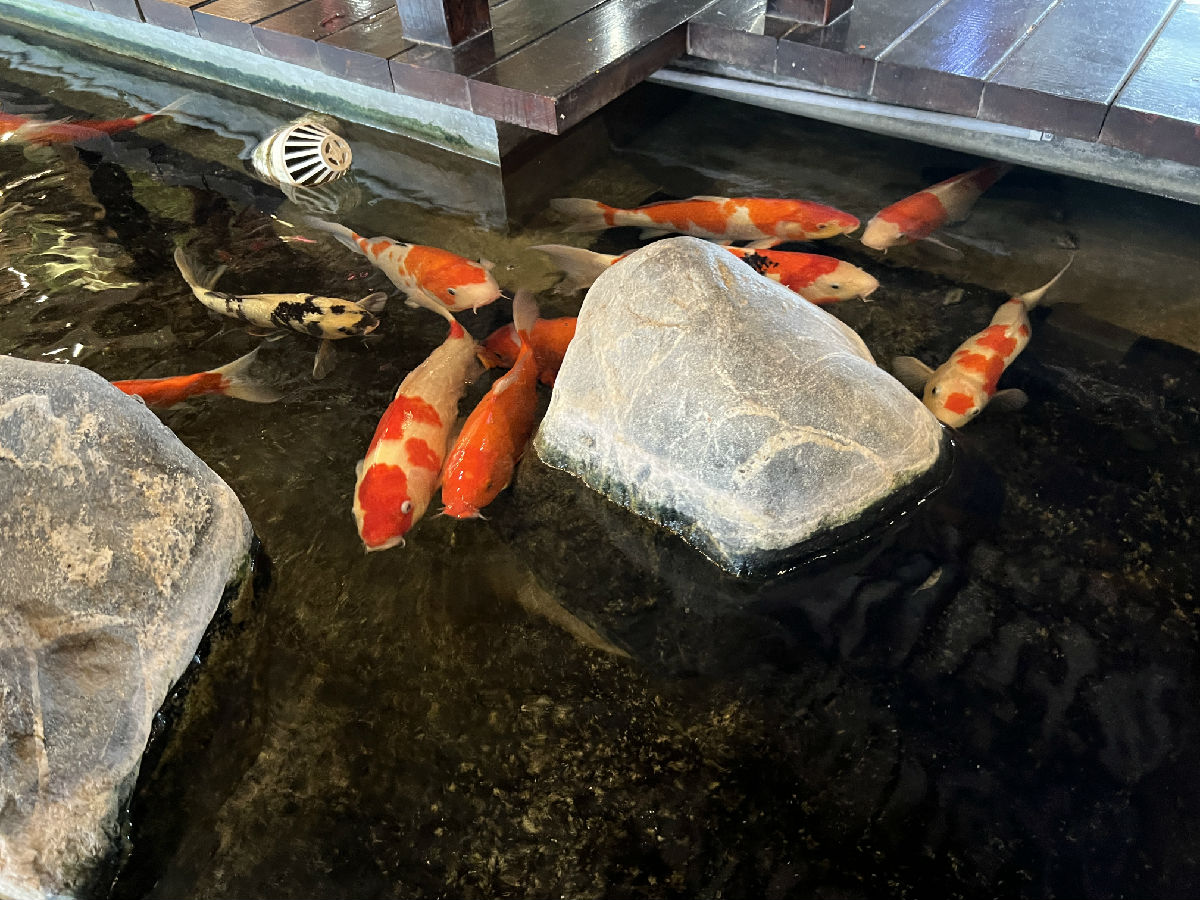
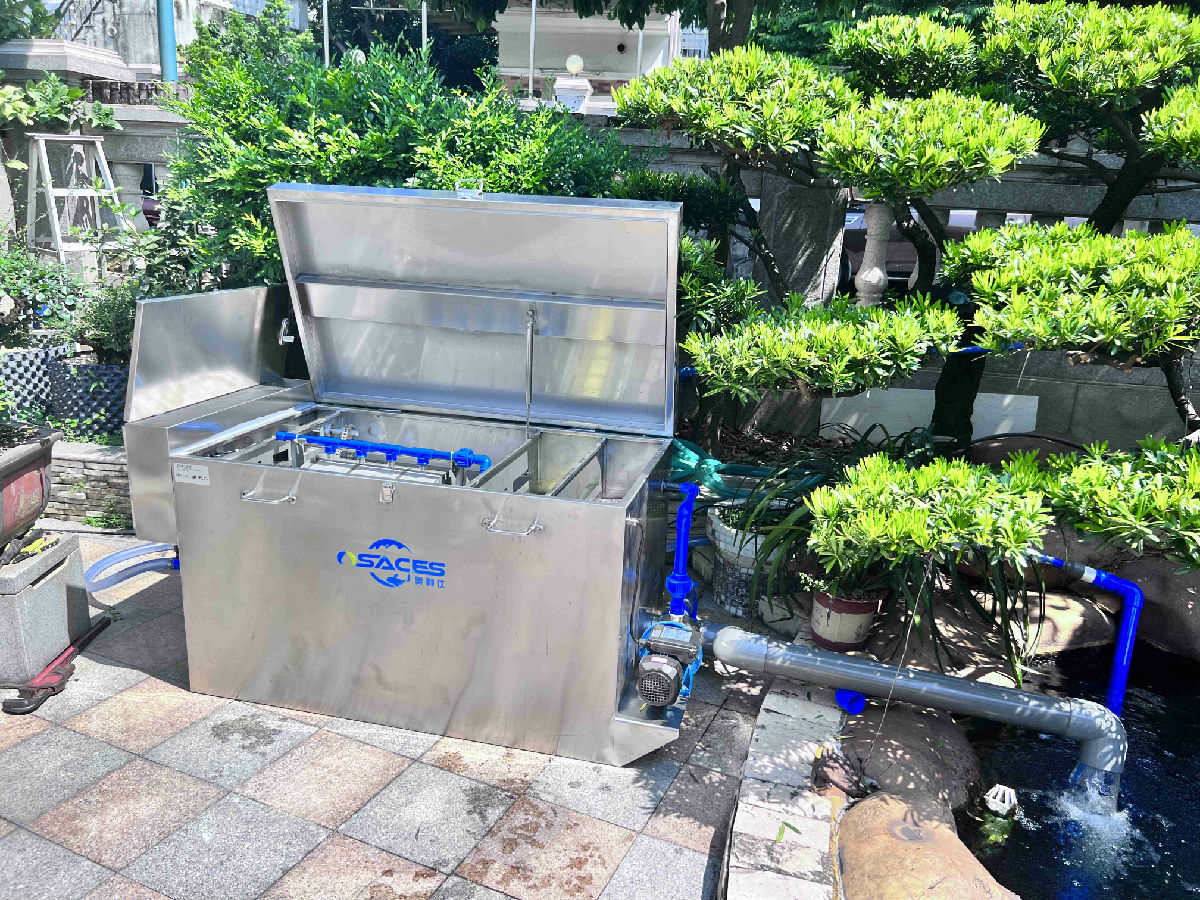
Related content
- Homeostatic regulation of fish pond water quality: a systematic solution based on nitrification kinetics and nutrient thresholds
- Koi Pond Maintenance and Protection Guide during the Rainy Season | The Veteran Driver's Handbook of Dampness and Disease Prevention
- Pool water circulation system maintenance guide, goodbye to cloudy water quality to create four seasons of translucent "liquid sapphire".
- From zero to professional: a complete guide to pool equipment configuration that even a beginner can understand
- The Golden Ratio of Swimming Pool Ventilation and Dehumidification Systems: The Balancing Act of Airflow, Humidity and Energy Consumption
- Specific benefits of dehumidifiers for new swimming pools
- Industrial solutions for fish pond water quality management: How to break through the bottleneck of traditional operation and maintenance of filtration systems?

